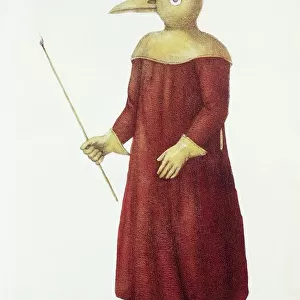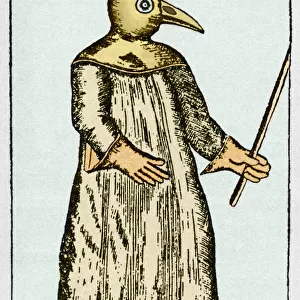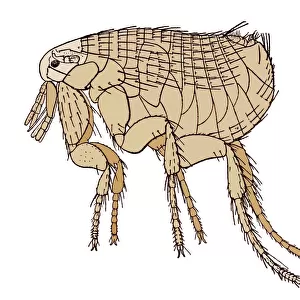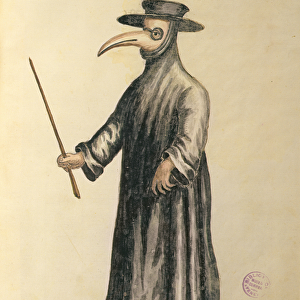Home > Science > SEM
Coloured TEM of Yersinia pestis bacteria
![]()

Wall Art and Photo Gifts from Science Photo Library
Coloured TEM of Yersinia pestis bacteria
False colour transmission electron micrograph (SEM) of Yersinia pestis, a species of Gram negative, non- motile, capsulated, aerobic bacilli (oval/rod- shaped bacteria) that is the causative agent of bubonic plague (the Black Death of the Middle Ages) in humans. The bacteria are primarily flea- carried pathogens of rats. Transfer to man occurs when a flea is obliged to leave its dead rodent host (often because its feeding apparatus is blocked by multiplying bacteria and it is starving) and suck human blood. Infection is rapid, featuring swelling (bubo) of lymph nodes and leading to septicaemia and pulmonary infection. Magnification: X 10, 500 at 35mm size
Science Photo Library features Science and Medical images including photos and illustrations
Media ID 6293255
© CNRI/SCIENCE PHOTO LIBRARY
Bacteria Bacterial Bacteriology Bacterium Bacterium Causing Black Death Electron Micrograph Enterobacteria Gram Negative Bacteria Micro Organisms Microbe Microbes Plague Pneumonic Plague Septcemic Plague Transmission Yersinia Pestis Micro Biology
EDITORS COMMENTS
This print captures the intricate details of Yersinia pestis bacteria, the notorious causative agent of the bubonic plague, also known as the Black Death. The false color transmission electron micrograph (SEM) showcases these Gram-negative, non-motile, capsulated aerobic bacilli in all their glory. Yersinia pestis primarily thrives within fleas that infest rats, making them potent carriers of this deadly pathogen. When a flea is forced to abandon its deceased rodent host due to bacterial multiplication and starvation, it seeks nourishment from human blood instead. This unfortunate transfer leads to rapid infection in humans. The consequences are dire and swift: lymph nodes swell (known as buboes), leading to septicemia and pulmonary infections. The magnification level at 10,500 times reveals the minuscule size of these oval/rod-shaped bacteria when printed on a 35mm surface. This image serves as a reminder of the devastating impact that Yersinia pestis had during the Middle Ages when it claimed countless lives during one of history's darkest periods - the Black Death. It offers valuable insights into bacteriology and microbiology while shedding light on how such tiny organisms can wreak havoc on humanity.
MADE IN THE UK
Safe Shipping with 30 Day Money Back Guarantee
FREE PERSONALISATION*
We are proud to offer a range of customisation features including Personalised Captions, Color Filters and Picture Zoom Tools
SECURE PAYMENTS
We happily accept a wide range of payment options so you can pay for the things you need in the way that is most convenient for you
* Options may vary by product and licensing agreement. Zoomed Pictures can be adjusted in the Basket.







